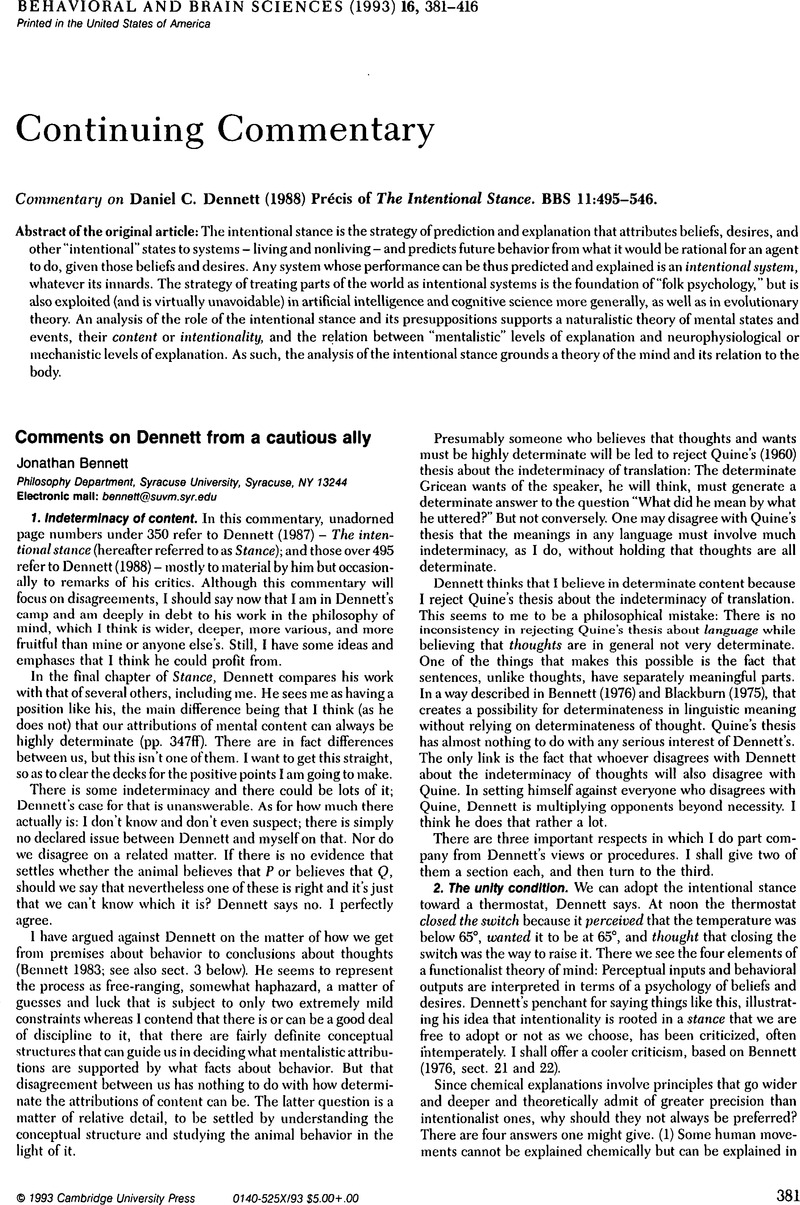Crossref Citations
This article has been cited by the following publications. This list is generated based on data provided by Crossref.
Rooney, James Dominic
2013.
Evolutionary Biology and Classical Teleological Arguments for God's Existence.
The Heythrop Journal,
Vol. 54,
Issue. 4,
p.
617.
Enright, Marsha Familaro
2023.
Life Is Not a Machine or a Ghost: The Naturalistic Origin of Life’s Organization and Goal-Directedness, Consciousness, Free Will, and Meaning.
The Journal of Ayn Rand Studies,
Vol. 23,
Issue. 1-2,
p.
218.





